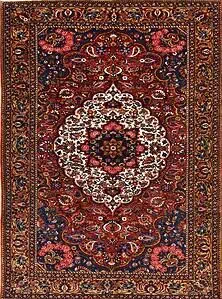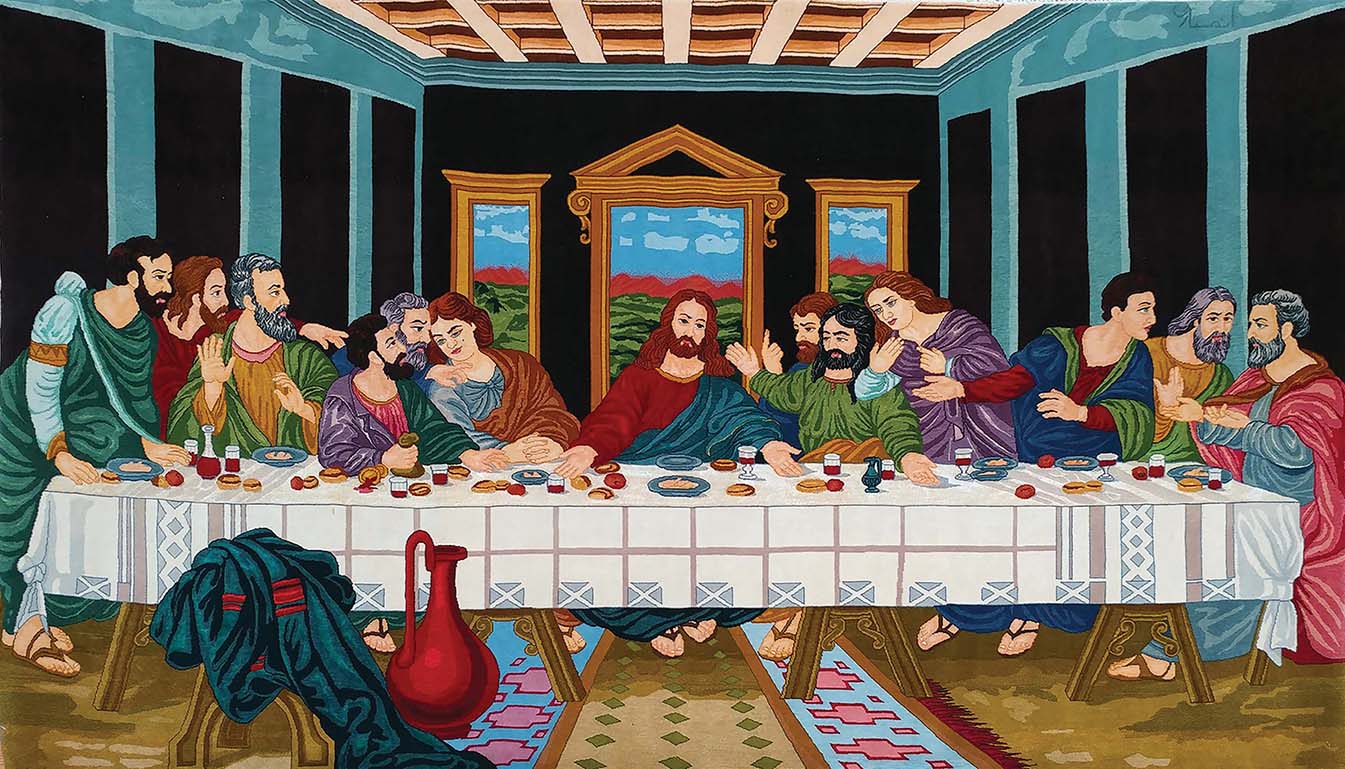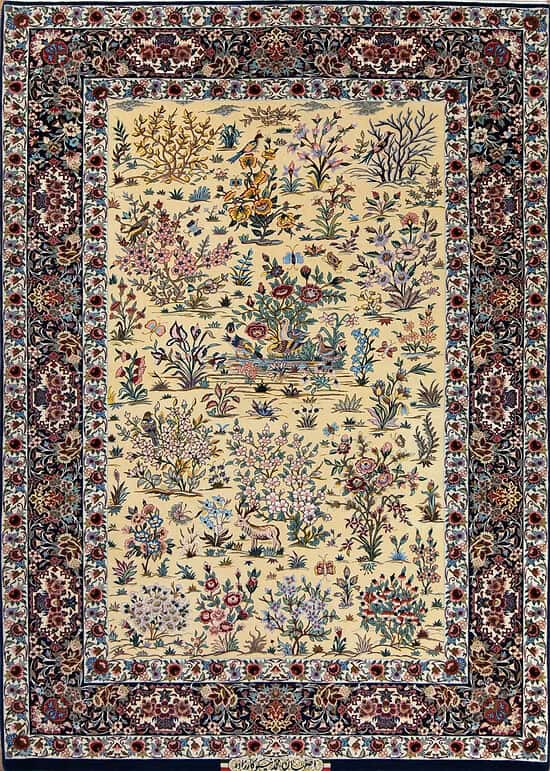
Weaving Techniques in Oriental Carpets and Iranian Carpets
An authentic Oriental carpet is a hand-knotted textile crafted using traditional weaving techniques originating from Asia. The major producing countries of oriental carpets include Iran, China, India, Russia, Turkey, Pakistan, Tibet, and Nepal. Although Persian carpets are crafted explicitly in Iran, they are often categorized under the umbrella of oriental carpets due to their similar weaving techniques and designs.
Oriental carpets are acclaimed for their luxurious pile, intricate and vibrant color palettes, distinctive designs, and specific knotting methods. Each carpet is often named after the village, town, district, or tribe where it is meticulously woven or collected. The art of carpet weaving has been an integral part of Iranian culture since ancient times, and the earliest documented mentions of Iranian carpets can be found in ancient Chinese texts, underscoring the longstanding historical significance of these masterpieces.
Symbols and Meanings of Patterns in Oriental Carpets and Iranian Carpets
The intricate and fascinating world of Oriental carpet patterns is deeply intertwined with rich cultural meanings. These patterns are not just designs but reflections of the indigenous cultures and traditions of the people who meticulously weave them. The choice of colors and weaving techniques is a testament to the heritage and lifestyle of the creators, revealing a wealth of symbolism and significance.
In urban areas, carpets often feature floral or formal patterns, reflecting the refined aesthetics of city life. On the other hand, geometric patterns are frequently associated with nomadic tribes, reflecting the rugged beauty of their lifestyle. Additionally, carpets designed for prayer are crafted with patterns that flow in a single direction, emphasizing the sacred nature of this act.
Furthermore, each family of weavers weaves its unique history into the designs, embedding elements that serve as a visual narrative of their lineage. The choice of colors is equally profound, with each hue symbolizing significant events and emotions in the weavers’ lives. From moments of mourning to bountiful hunts and even times of hardship, colors are a powerful medium for conveying the weavers’ experiences.
Delving deeper into these captivating patterns, it’s fascinating to discover the hidden meanings behind certain symbols and colors. For example, the presence of a crab symbolizes invincible knowledge, while blue represents solitude and truth. These subtle details add layers of depth and storytelling to each carpet’s intricate design, inviting us to unravel the cultural tapestry woven into each masterpiece.
Effect of Natural Dye on Oriental Carpets and Iranian Carpets
The traditional art of creating Iranian carpets, known as Persian carpets, involves the use of natural dyes that are derived from various sources, including plant materials and insects. Some of the commonly used natural dyes are derived from indigo, madder, oak, sumac, pomegranate, cochineal, and larkspur. Before 1870, Iranian carpets were exclusively dyed using vegetable dyes. However, with the invention of synthetic dyes, there has been ongoing discussion about the comparison between natural and synthetic dyes in terms of their impact on the beauty and long-term value of the carpets.
One key aspect to consider is the aging process of carpets dyed with natural dyes. These tend to fade gradually over time, creating a unique and sought-after patina—a quality gloss or sheen that adds to the carpet’s character. Collectors and enthusiasts highly value this patina.
When it comes to assessing the quality of an Oriental carpet, many consumers are familiar with the practice of counting knots. However, it’s important to note that while knot count can serve as a guideline, it’s not a definitive indicator of a carpet’s quality. The actual knot count should be evaluated in relation to the specific material used in the carpet. For instance, carpets made from silk typically have an exceptionally high knot count, while those woven from wool have a lower count. Moreover, Persian carpets that combine wool and silk often exhibit extremely high knot counts.
Understanding these intricacies can help consumers make informed decisions about selecting an Oriental carpet based on their preferences and its specific features.
Evaluating Oriental Carpets and Iranian Carpets for Purchase
When evaluating an Iranian carpet for purchase, several essential factors must be considered. These factors encompass the intricacy of the design, the types of dyes and materials used in the carpet’s construction, and the buyer’s affinity towards the carpet. Additionally, one crucial consideration is the knot density, which is the number of knots per square inch. Determining the knot density involves counting the knots in one inch along the length (warp) and the width (weft) of the carpet and multiplying these two numbers together. Generally, a higher knot count per square inch in a handmade carpet indicates superior quality and value.





